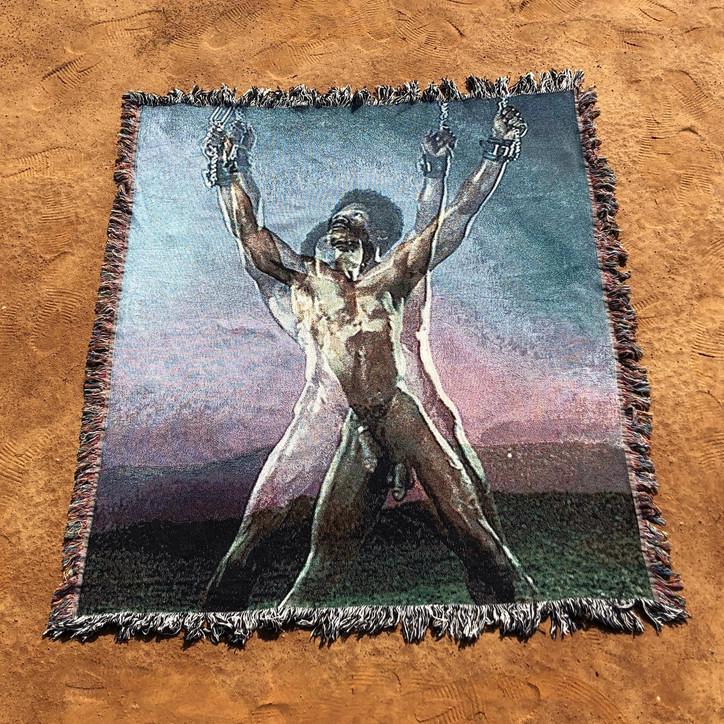24 Candles
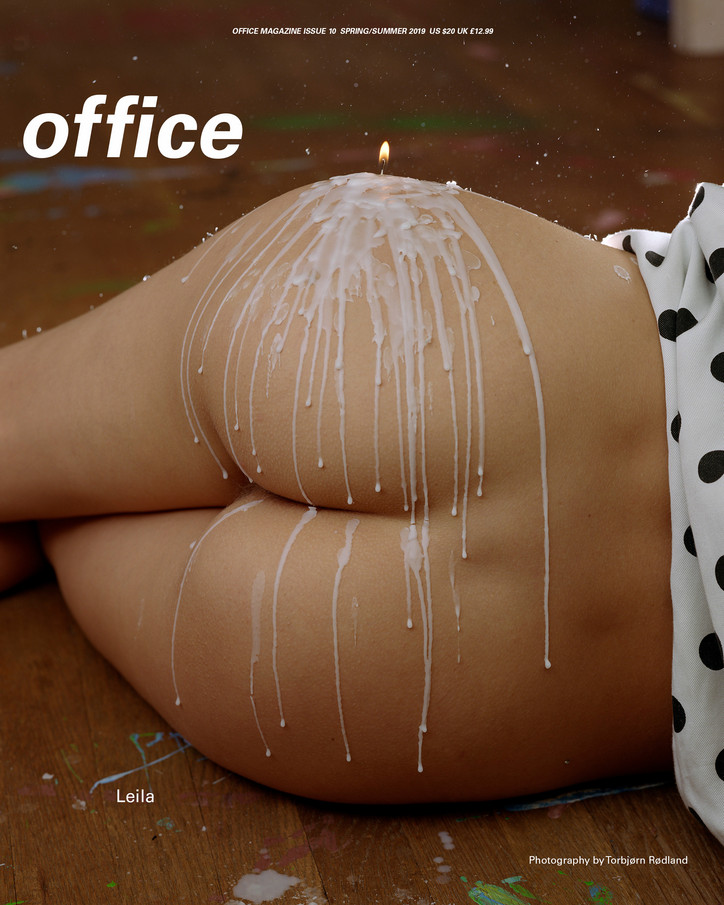
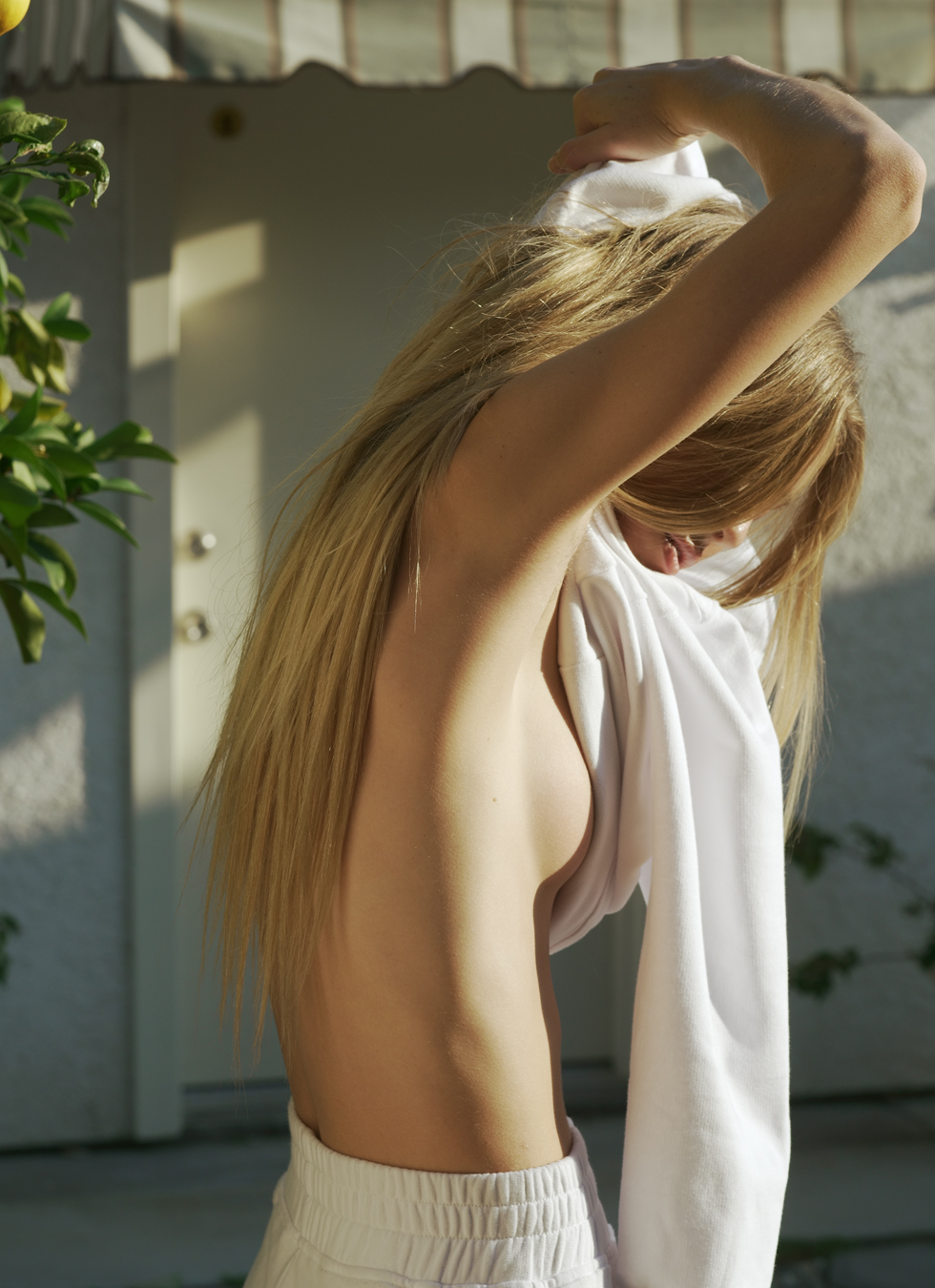

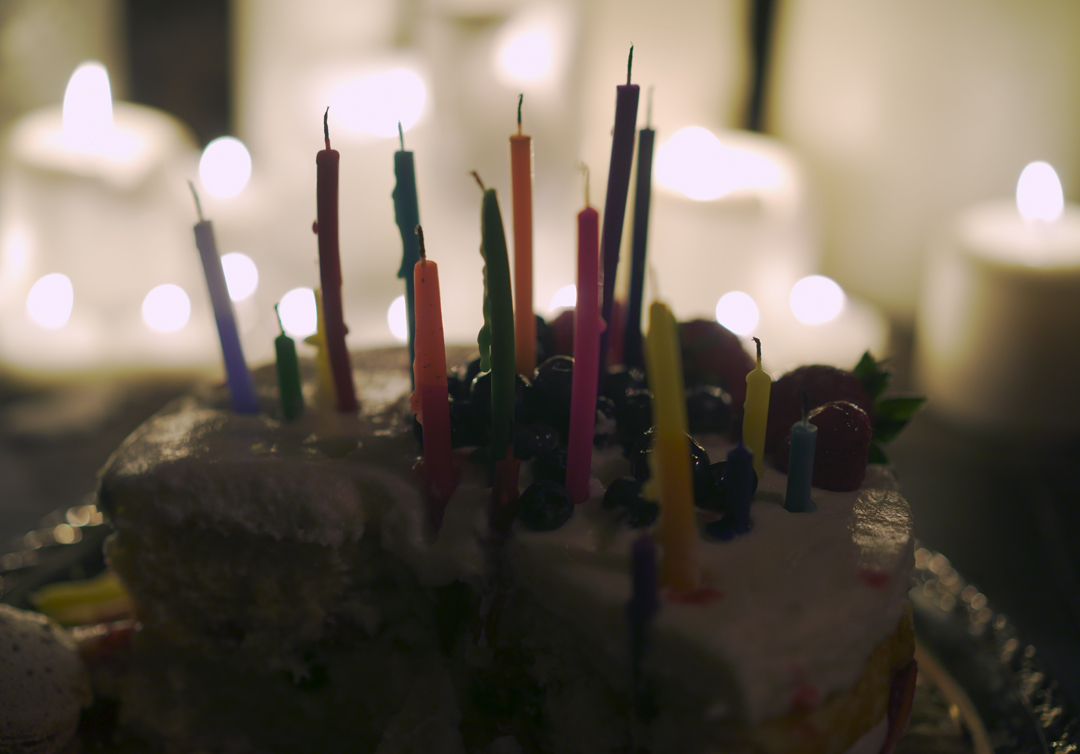
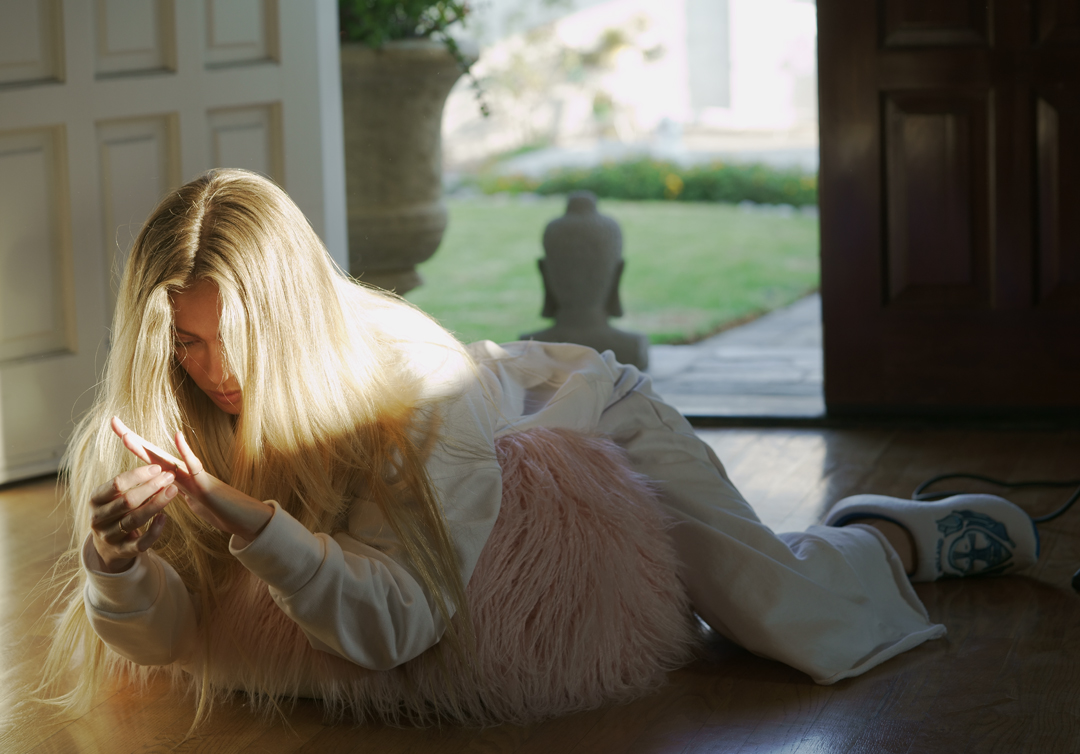

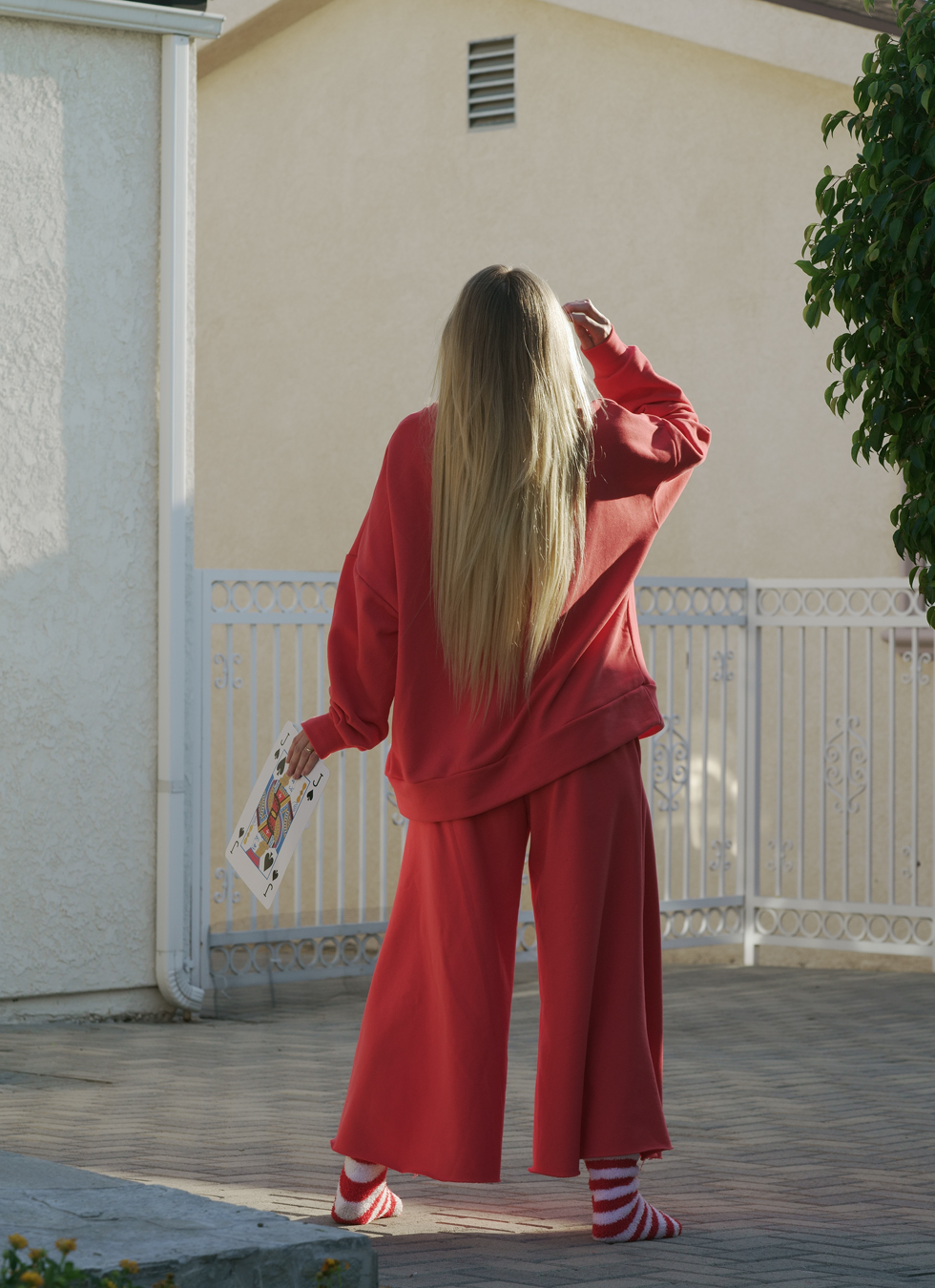



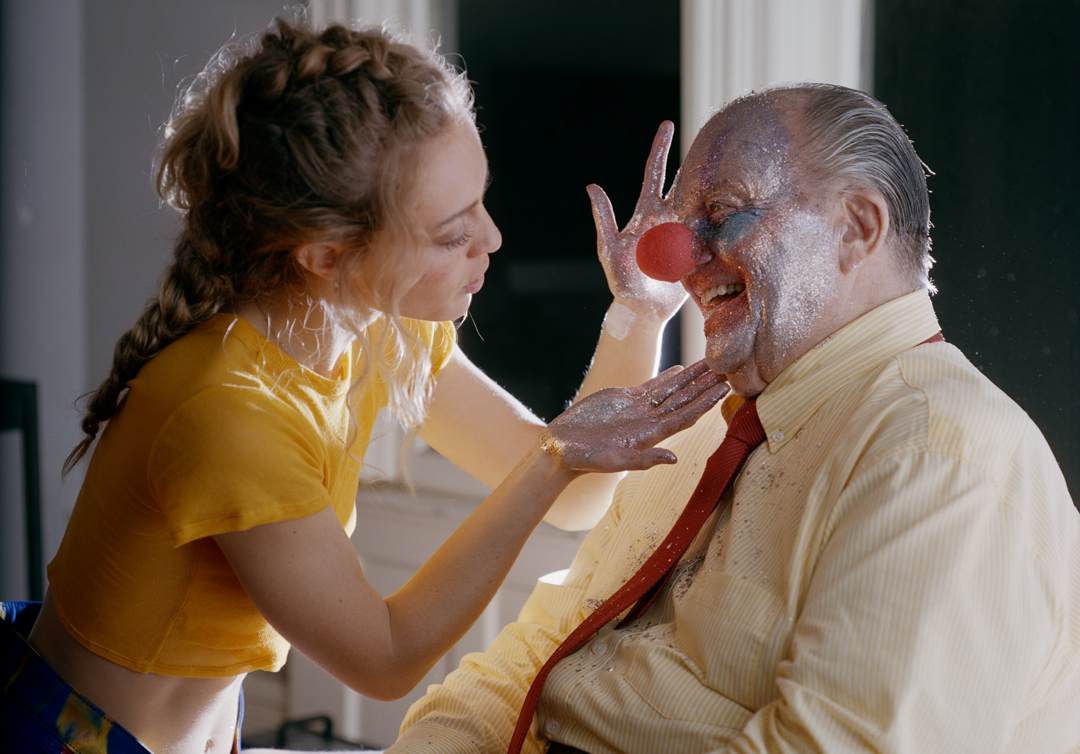
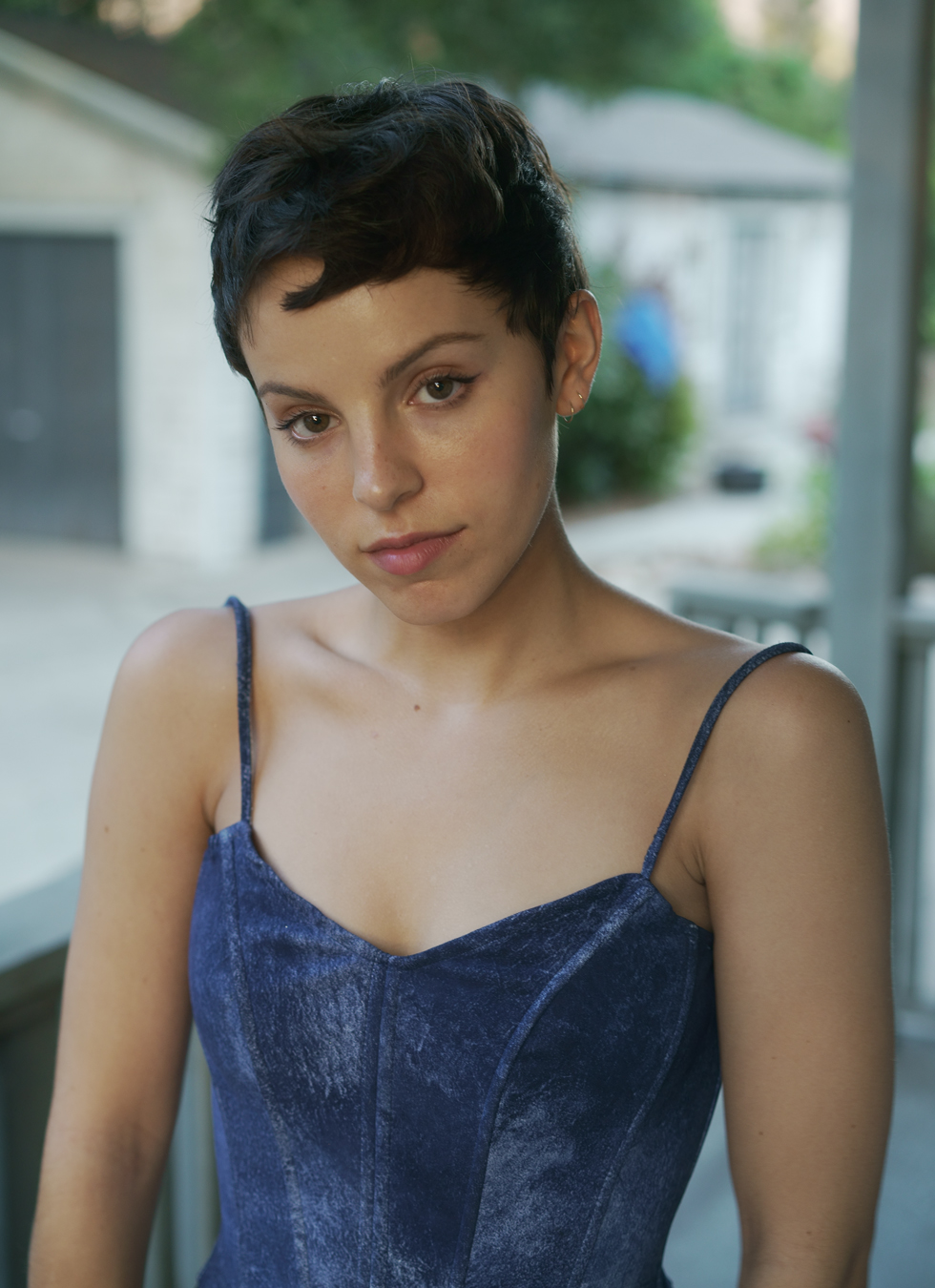
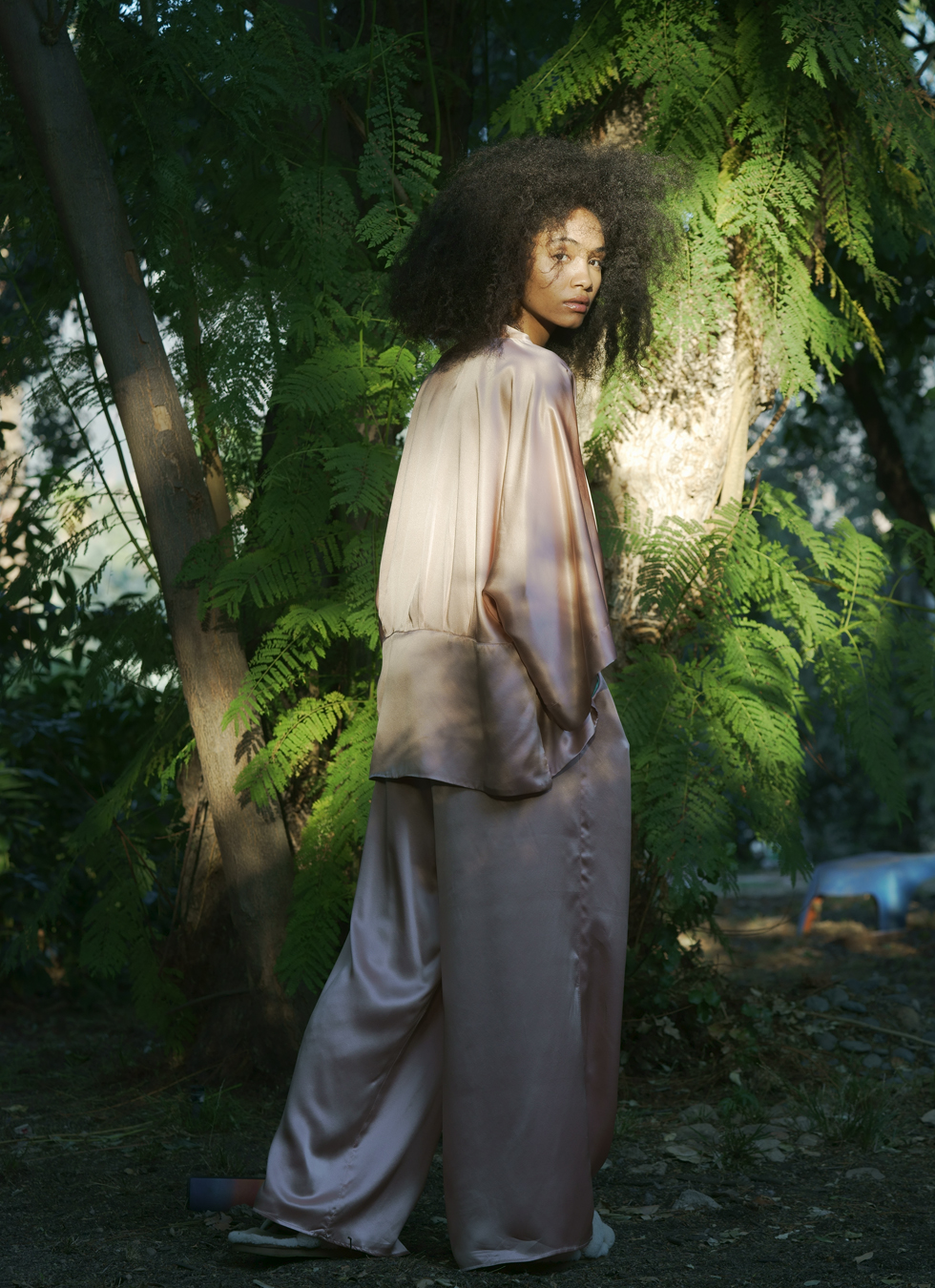
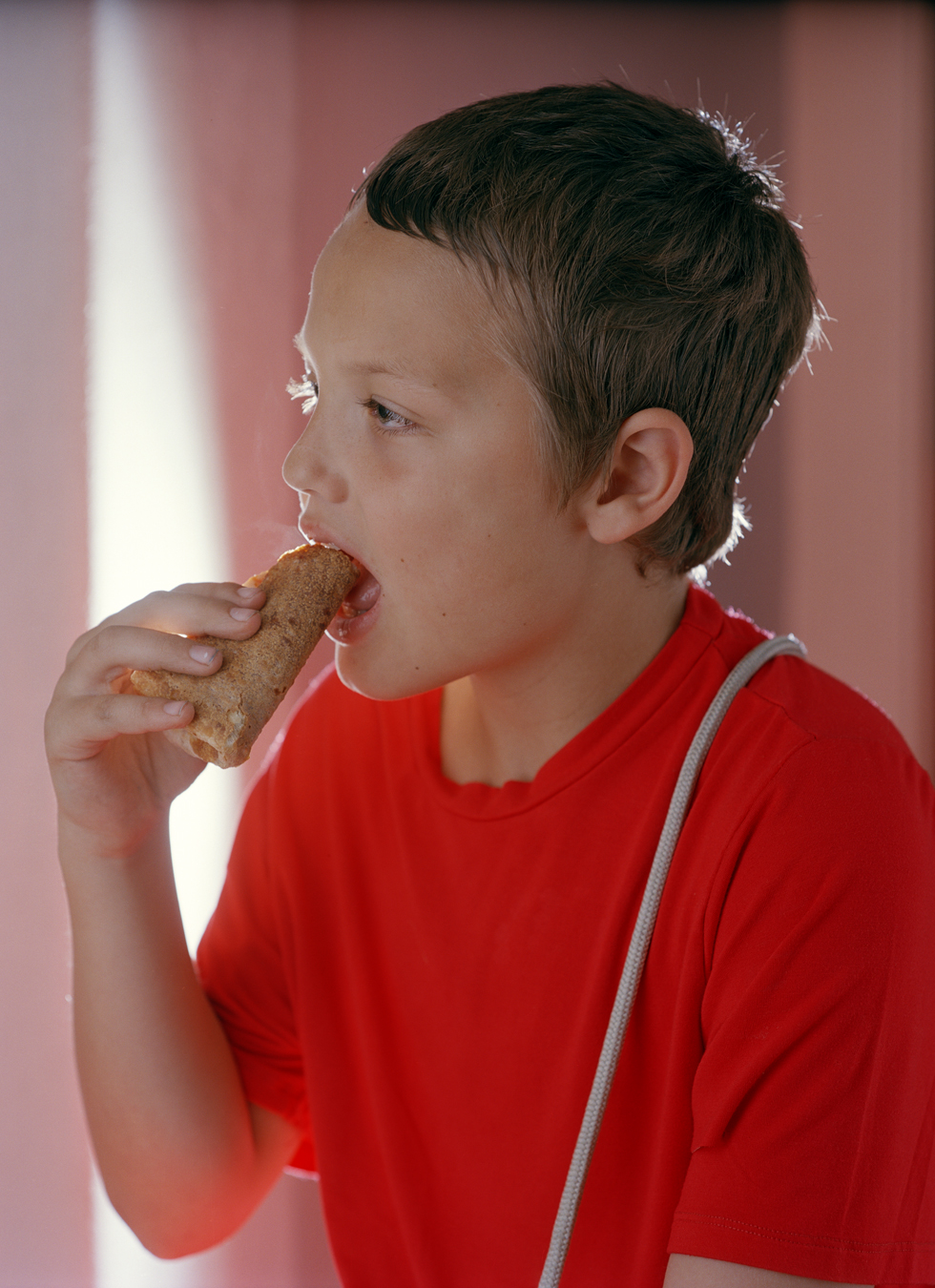
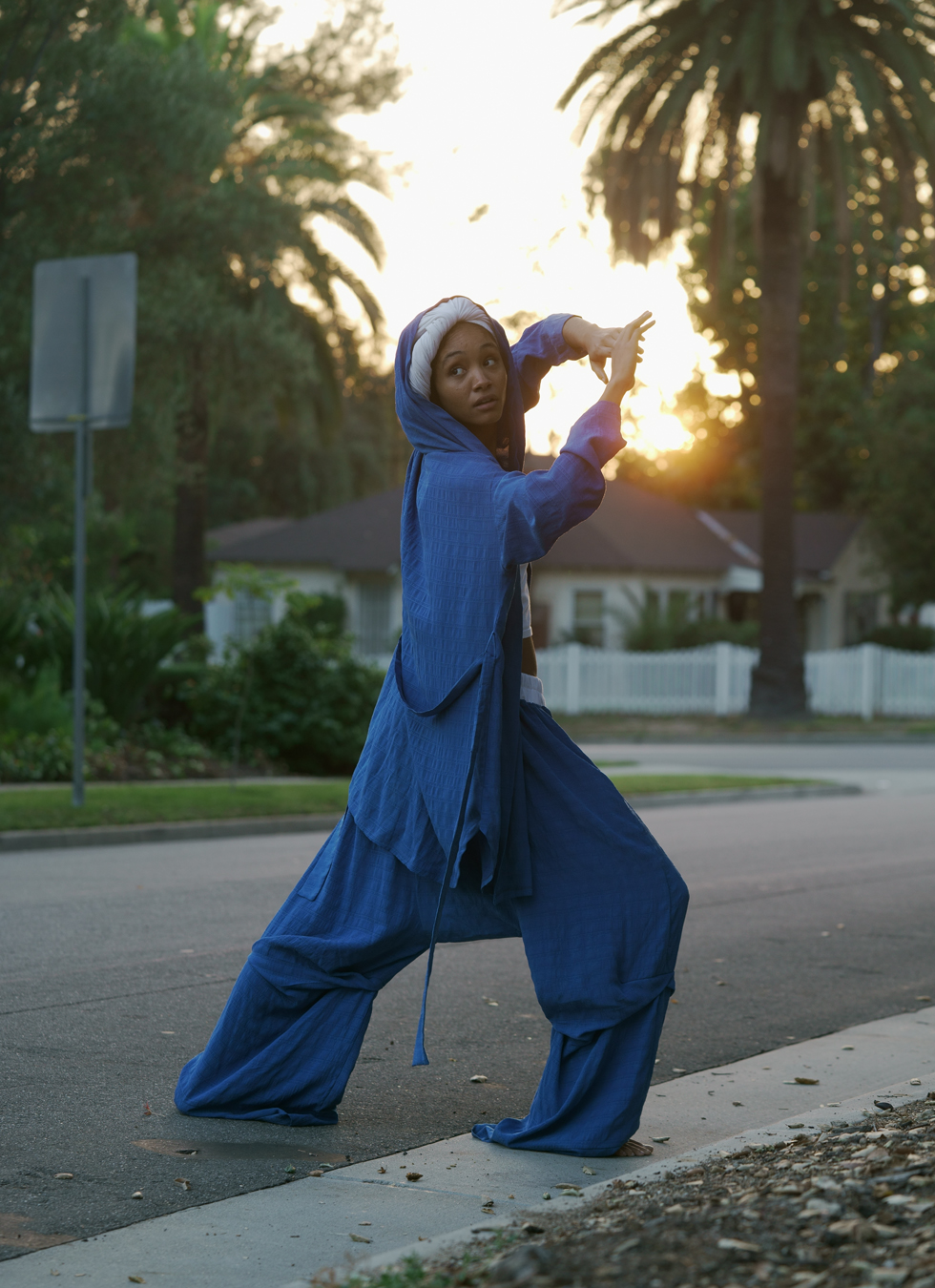
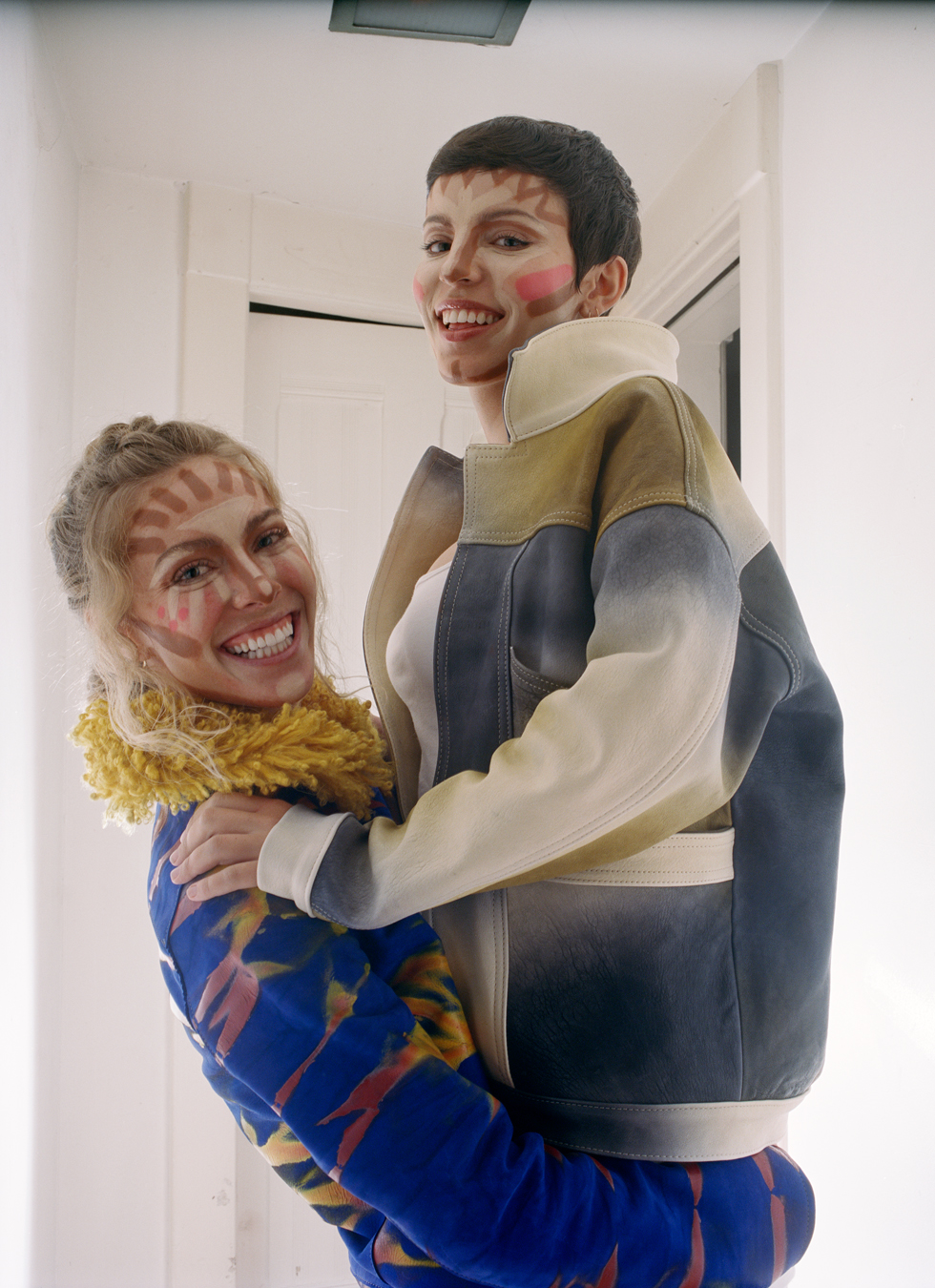
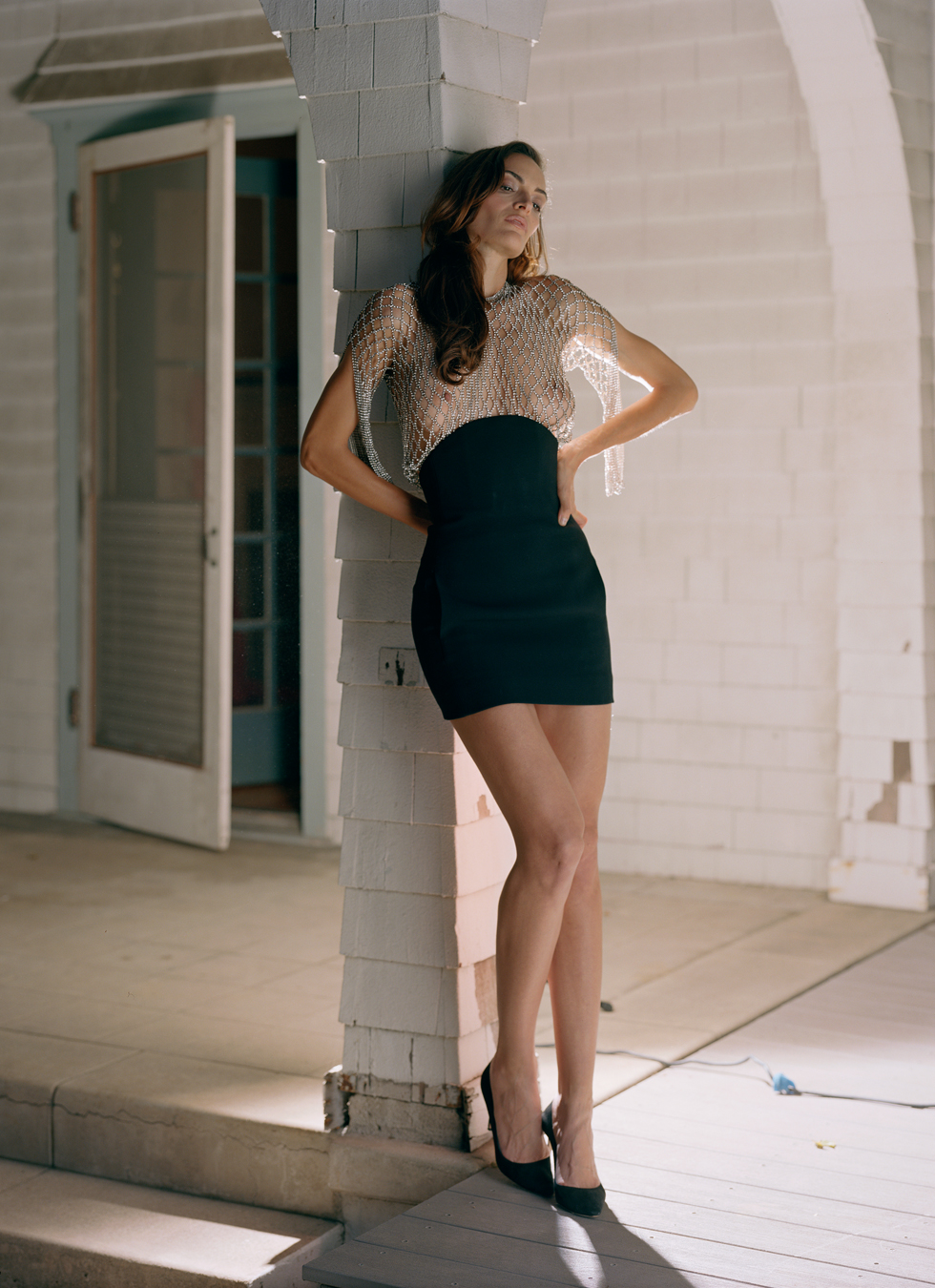

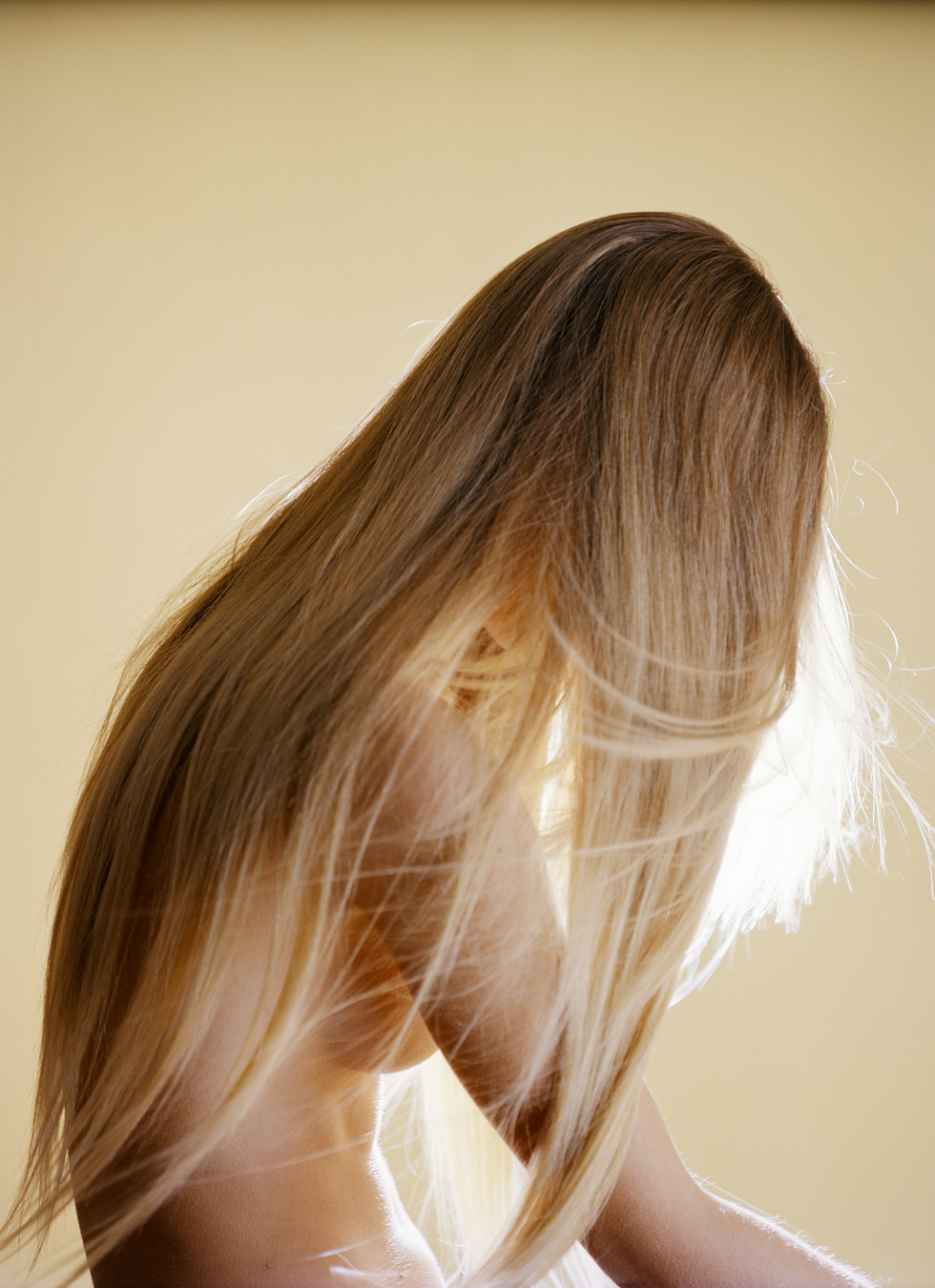
As a gift for Leila Spilman's birthday, Torbjørn Rødland photographed her and her friends wearing clothing Spilman made under her own unestablished label LSCO. Also included are a Thom Browne jacket and Saint Laurent dress.
Stay informed on our latest news!



















As a gift for Leila Spilman's birthday, Torbjørn Rødland photographed her and her friends wearing clothing Spilman made under her own unestablished label LSCO. Also included are a Thom Browne jacket and Saint Laurent dress.
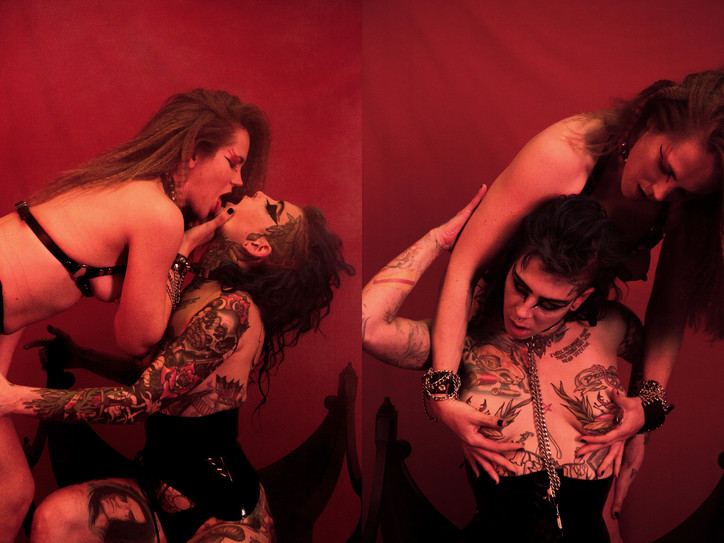
'Bloodmoney' at Lucas Lucas is a fascinating cross-section of art and sex work — and the “interactive openings” are sure to be a delightful mindfuck. office had the choice privilege of chatting with Mistress Sybil and Mistress Niko, two of the Dominatrixes in charge of tonight’s performance piece.
How did this show come together?
It started with the vision of an art show that did sex work. There are so many parallels between being a sex worker and an artist. You sell intimate parts of yourself for money — your experience, your style, the fantasy of you. As Pro-Dommes and artists, we wanted to merge these worlds. We knew the only way to do it was to make a show that was as intimate as possible. We wanted the audience to feel it in their bodies, and the plunge them into the intersection of money, sex, and power.
Another goal was to shatter the idea that all sex work is either inherently exploitative or inherently empowering. There are so many reductive narratives about sex work that don't capture its nuance, and we thought it would be interesting to communicate that nuance vis-a-vis the sometimes weird, sometimes intimate, always complicated interactions sex workers have with our clients. By implicating the viewers in these exchanges, we could challenge their preconceived notions of what sex work was. When the show was still a pipe dream, the only thing we knew was that it would have real clients and real sex workers, and make real sex work happen. That was the starting vision. Once our good friend and artist Caroline Caldwell joined our team as a co-curator, the show gained legs of its own. There are so many creative, badass sex workers who have helped us turn this vision into a reality. We're so blessed to be part of a community like this.

It’s interesting to call sex workers a “marginalized community,” since it’s part of its allure that it is by definition on the margins of society. How do we change this and what is the end goal?
Niko and I are both pretty new to sex work and we are both coming at it from a position of privilege. We can't represent the broader sex worker community, although we are extremely proud to be members of it. This show is represents the perspectives of a few sex workers, and although it is political to the extent that all our actions are political, Blood Money is not on a political mission.
Yes, sex workers are marginalized and stigmatized. This is a real danger. Not only is our labor not protected, but doing it is actively criminalized. We're also subject to censorship from social media, financial institutions, payment processors, and other internet platforms, thanks to the recent FOSTA/SESTA bill passing into law. It’s black and brown folks, trans folks, and street workers or survival sex workers who bear the brunt of the violence, police brutality, and stigma, and it puts their lives in danger.
As to your political questions, we would like to direct you to some of the industry’s leading activists who’ve been working towards exactly that. Akynos, the founder of Black Sex Workers Collective, Ceyenne Doroshaw, founder of GLITS, Lysistrata, and Support Ho(s)e are among a network of leaders and groups fighting whorephobia and criminalization on all fronts. Some of their strategies include changing the broader narratives of sex work, establishing informal financial and social networks, and electing candidates running on a pro-sex worker platforms.
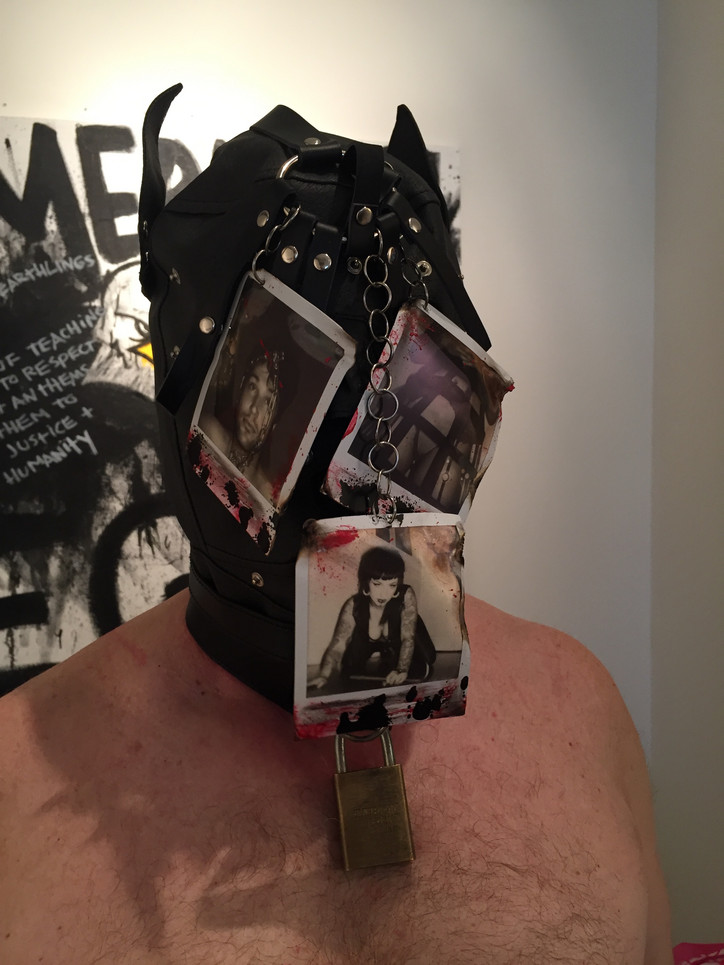
Tell me about the art, and also “interactive opening.”
What’s so exciting to us about the show is that the majority of the pieces are about the work of sex work — the relationships between hoes, the physical and emotional costs of performing intimate work, the gendered personas we don for our clients. It's a creative job. It takes imagination, cleverness, emotional depth — it is an art, and many of the artists we're showing speak to that.
The interactive opening is performance art in the same way that sex work is a performance art. Real clients and subs will be serving as furniture, mounting the art work on their bodies. Just the act of viewing the art implicates attendees in a relationship with our clients, who desire to serve us, and to be used by you. Is the submissive a tool through which viewers see the art, or is the viewer a tool for the submissive’s desire? Oops, did we turn you into a sex worker?
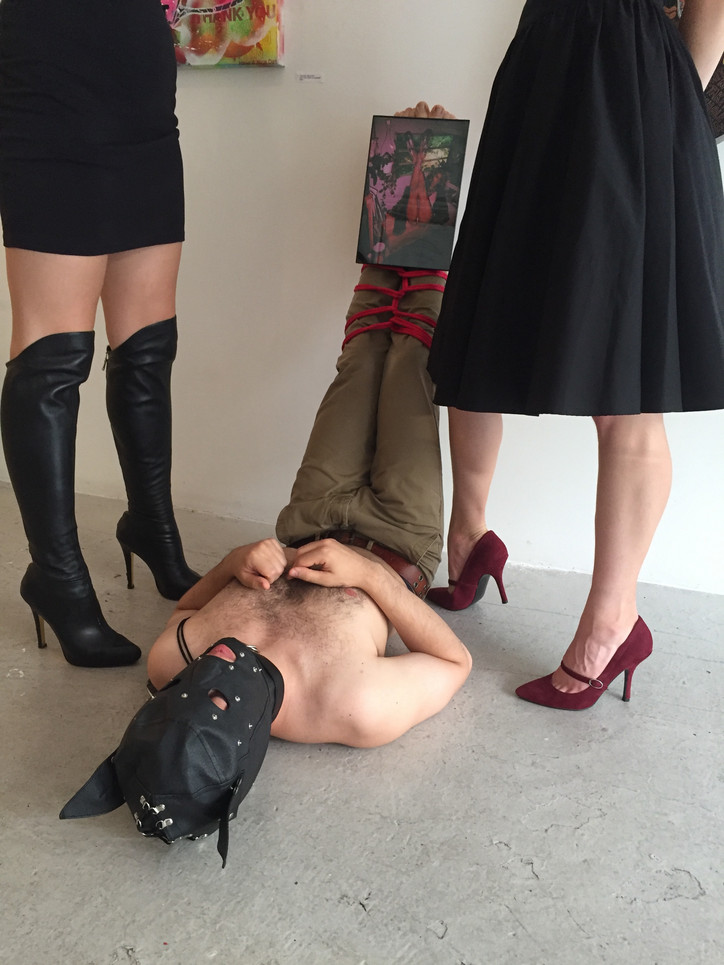
How do you feel about Craigslist shutting down its personals section?
This question is directed towards the effect of a bigger problem, which is what we'll address. Craigslist personals (along with Backpage, FetLife pro-domme boards, Reddit sex worker forums, and other online platforms) shut down earlier this year in response to FOSTA/SESTA. FOSTA/SESTA is a bill whose only purpose is to further criminalize and endanger sex workers; primarily queer, trans, sex workers of color, and street and/or survival sex workers. We see through its purported purpose to support sex trafficking victims, since not only does the bill further endanger those victims by preventing community organizations from accessing those people, but the Trump administration has since updated USCIS policy to directly target victims of human trafficking by chilling potential trafficking visa (or T-visa) applicants. Accordingly, we are engaged in fighting FOSTA/SESTA and are pushing for policies like decriminalization, police reform, immigration reform, and anti-censorship measures that would protect all sex workers, victims of trafficking and voluntary sex workers alike.
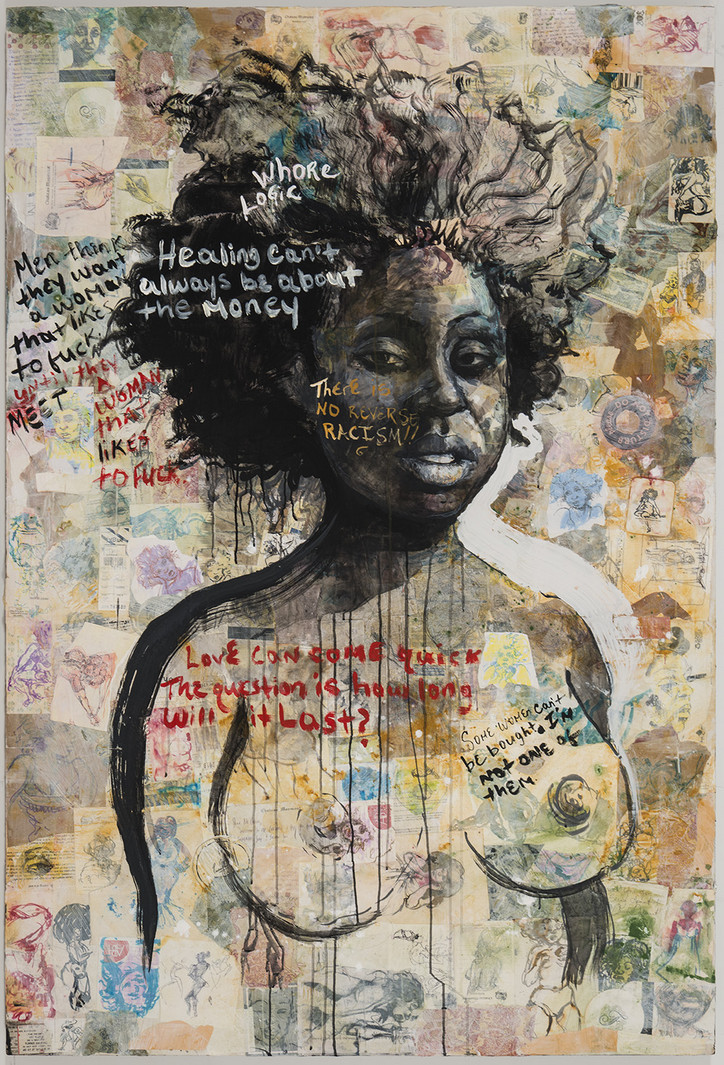
'Bloodmoney' will be on view through August 19th. Interactive openings are tonight, August 10th, from 7-10 pm and tomorrow, August 11th, from 5-8 pm at Lucas Lucas, 57 Conselyea Street, Brooklyn.
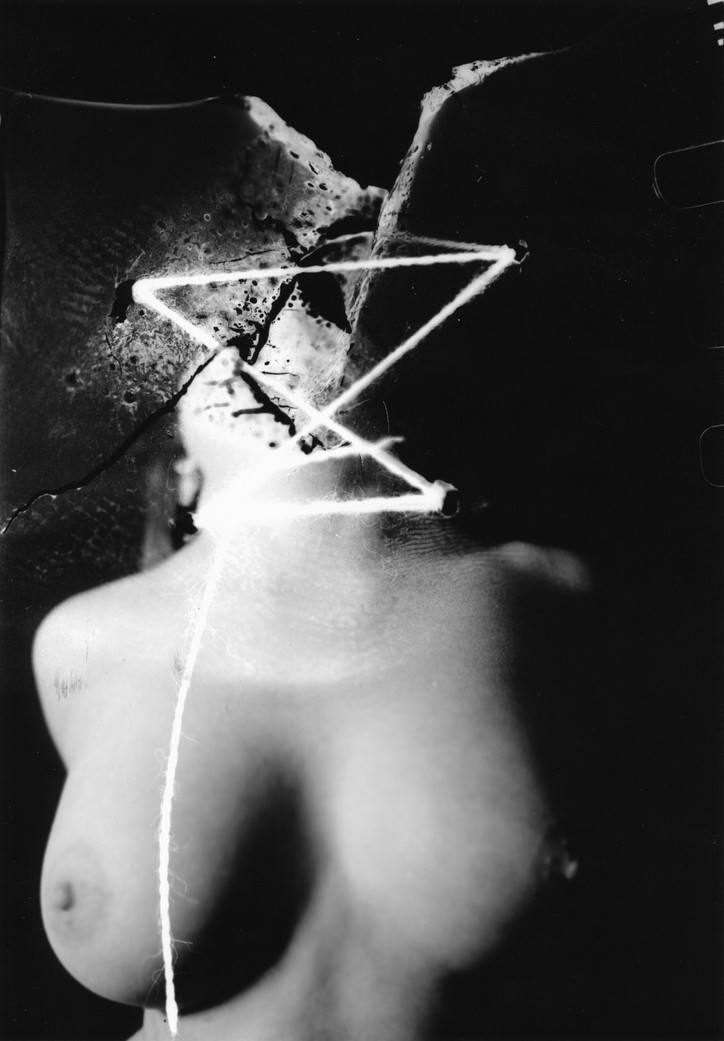
What led you to name your series “Fragility”?
The fragility of human existence, a beautiful concept despite its constant danger, is much like the fragility of a negative. These photographs stand as a reminder that at some point, we will break, but our bodies, no matter how “imperfect” we perceive them to be, are resilient, made to endure such difficulties. Even after sewing, the negative was never restored to its original state—it was still frail. Using a needle and thread to repair the deconstructed negative is a metaphor for our inevitable frailty as humans—it is a reminder that in the end, we are not broken, we are mended.
Are your techniques self-taught or learned from an outside source?
There’s no way I could have googled a lot of this stuff and learned it. I learned as a result of the resources that were available and the amount of time that I spent in the dark experimenting with obstructing my work. It was an escape. My teacher used to forge my mom’s signature and sign me out of class so that I could sit in the darkroom for 8 hours a day. The greatest part about my teacher is that if you fucked up, he would give you more paper, more tools, you wouldn’t get punished for it. He instilled in his practice that the most important thing he could teach students is to take risks. I would come to him with a crazy idea and he would say “do it” and then he would help me get the supplies for it. I felt a lot less free in college. I didn’t take my high school experience for granted because I knew what was going on. It was the only thing I was conscious of–I was obsessed. It was almost a chemical obsession. The smell was intoxicating to me and it made me focus. Especially when you don’t fit in, that chamber of solitude that is the darkroom is like no other.
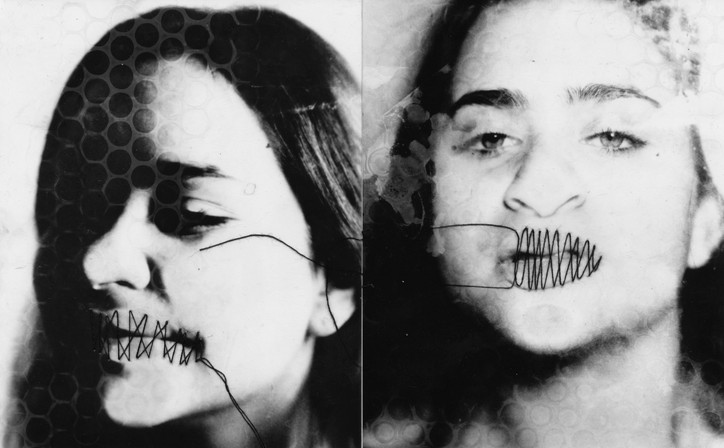
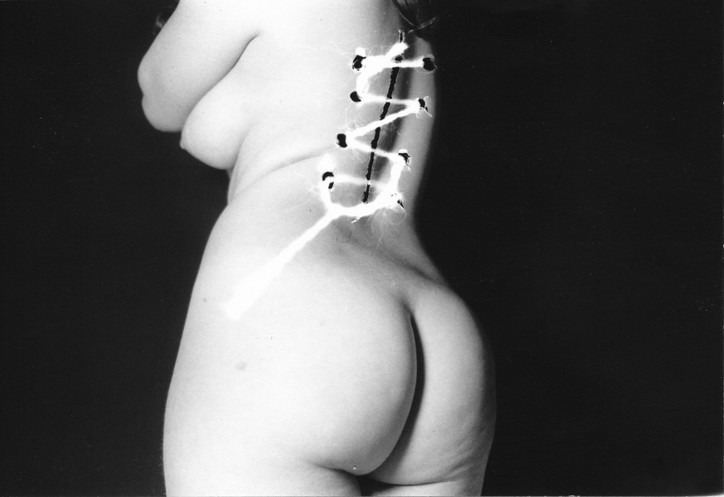
Do you enjoy using social media?
I don’t even feel a pressure to keep up with some type of social media demand because I’m not a machine. I think so much of why we’re overwhelmed with the proliferation of images that we see every day, and why all of these photographers are getting so bored in an over-saturated industry, is the lack of experimentation. From what I’ve observed, many artists today adhere to similarity, rather than seeing what happens when they sit in the literal darkness with a completely blank slate that is the human mind. I just want people to see an image as a work of art, because that’s how I see it.
What’s the last book you read?
I re-read The Doors of Perception by Aldous Huxley all of the time. My favorite quote is, “A rose is a rose is a rose. But these chair legs were chair legs were St. Michael and all angels.” To me, it means that everything is everything, its all intertwined.
What’s the most integral aspect of your practice?
Smoking weed.
Digital or analog?
Analog. You’re creating things and you’re creating yourself in a tangible form. I didn’t realize it back then but all of my shit looked a certain way because it was made by my hand. And sometimes I have a hard time reproducing that digitally. Or I feel like it’s not mine because my hand hasn’t touched it. In a darkroom, you spend so much time and due diligence: you might use ten strips of paper trying to get the right exposure enlarging it. You spend so much time on one image it really is a work of art. It’s like magic when I enter that realm of childlike curiosity and experimentation. I could plan for hours and while in the darkroom I could knock something over and “BAM!” I fuck it up enough just to make it perfect. That gave me such a moment of clarity and I shed an ego as an artist in finding such interest and fascination with the things that didn’t go right. This is the whole point of art: when you’re looking at these ideas they’re not frivolous–they actually have to do with your own psyche and what’s subconsciously going on in your life. For me that was my struggle with not feeling perfect. I look up to other artists who emulate that, like Driely Carter, Joel-Peter Witkin, Sally Mann or people that really enjoy the imperfections that come with silver gelatin and silver nitrate. It is so different form digital in that way. You chemically have captured time. You might not even understand what time is, but you just chemically captured it, and practically no two prints are going to be the same. That’s the beauty of analog nature of darkroom photography.
Is your process as important as the final outcome?
I’m very introspective, and in the context of this series, I’m thinking about what these bodies and faces mean to me and what they can mean to other people. I really over analyze everything during the process, and how the process intertwines with the medium and how the process intertwines with the final piece. If there’s anything I’ve really been trying to meditate on, it’s that you can’t get caught up on destinations, you really need to enjoy the journey…of life too. The process is really important to me, it’s a part of the art which is why it’s really important for me to show the negatives with the prints.
Are you afraid to die?
Anybody who knows me knows that death as a philosophical phenomenon is extremely fascinating to me. I’m curious about how it’s going to happen. I think that, from an artistic point of view, death is a romantic thing for me simply because everybody experiences it in an individual way. I’ve always imagined my death to be really cinematic–a picture perfect moment–and hope that someone will want to make a movie about it. Honestly y’all when I die, photograph that shit. Make a book out of all of everyone crying at my funeral. I think I was interested in photography due to my nostalgia and creating all of these little memento moris of my life. After I die, all of my work would be published. There’s a few really special people in my life, and I know they would be the ones to go through my enormous archive of photo books I’ve been planning on releasing. There would be a posthumous retrospective. Art for me is solidifying that I will never go, my soul will always be awakened in this lifetime. I have this weird feeling that after my death people are going to find out more about me than they did when I was alive.
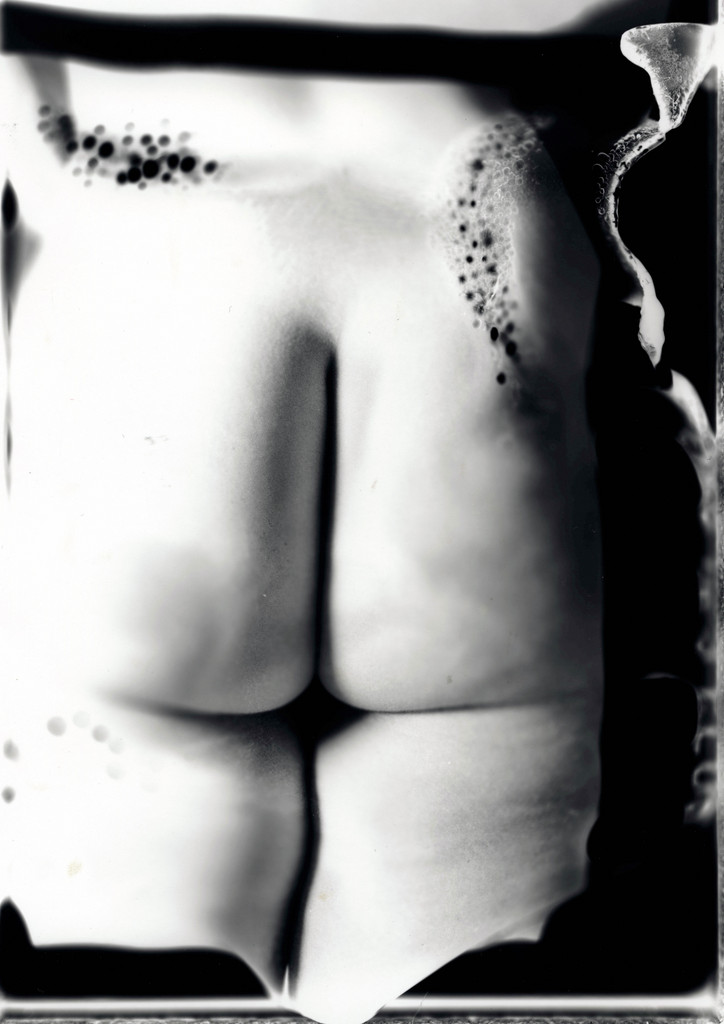

Memento mori?
In Ancient Rome slaves would whisper memento mori in the ears of successful generals riding back into town, which means to remember you are a mortal man, like the rest of us, and that you, too, will die. Its not only a humbling moment, but its a moment that connects me with the earth, one that I believe in spiritually. It reminds me to remain humble because I’m not larger than life, and one that also reminds me to go out and live my life. If you want to do something, fucking do it, because remember you will die.
What’s your biggest regret in life?
My biggest regret is every moment of insecurity that I’ve ever had, and every time those insecurities have stopped me from doing something. My active choices and those made with confidence and intuition aren’t ones I regret even if they do go awry. That’s the type of thing that I can look at and say “life’s not fair.” But when I hold myself back because of my own mind, I regret that, and it’s still something I work on every day.
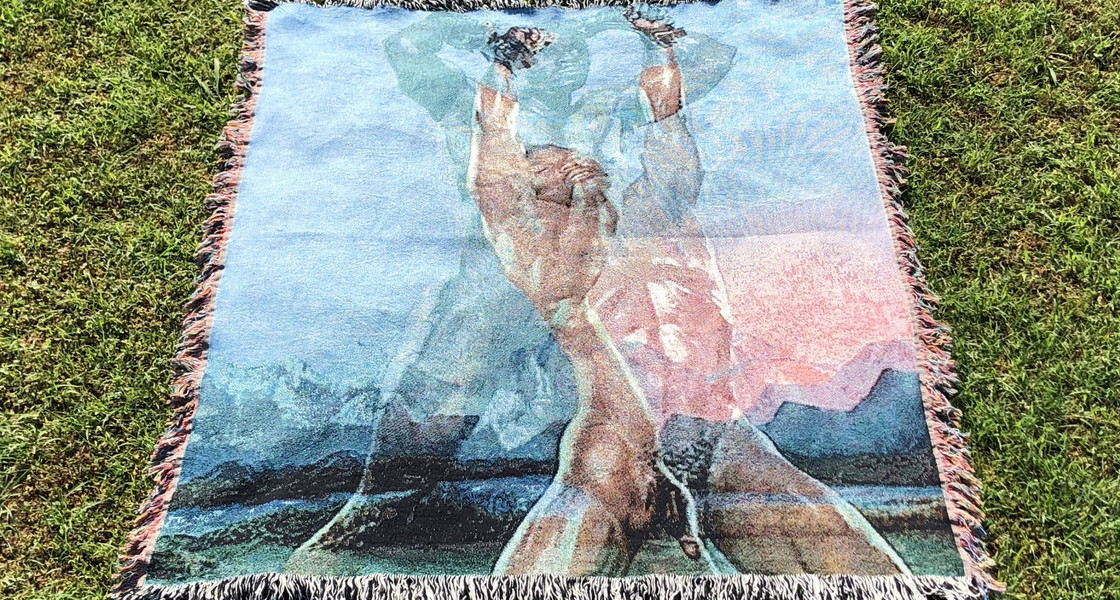
Traditional tapestries tell elaborate biblical and mythological stories. Today, those narratives don't fit the complex identities and experiences that define individuals in the contemporary context. One of office's close friends, Christen Mooney has created a multi-media project, heavily inspired by the black homosexual experience in today’s political climate, the Unicorn Tapestries, and Bob Mizer, pulling inspiration from a plethora of different periods in time and meanings.
Mooney let us in on the inspiration that lead to his latest project, alongside an exclusive preview, below:
Cooning For Cash is a series of three tapestries I conceptualized and produced through constant mediation. Cooning For Cash’s imagery represents the beautiful struggle one has in the quest towards find self love.
In this clout chasing world we live in, I wanted to share my own narrative, to make art I wanted to see in the world, not art that would work in the world. My series is a chance for one to take a deep mediation into psyche of the black male experience. It’s my first physical offering as a conceptual artist and I’m extremely proud of it.

